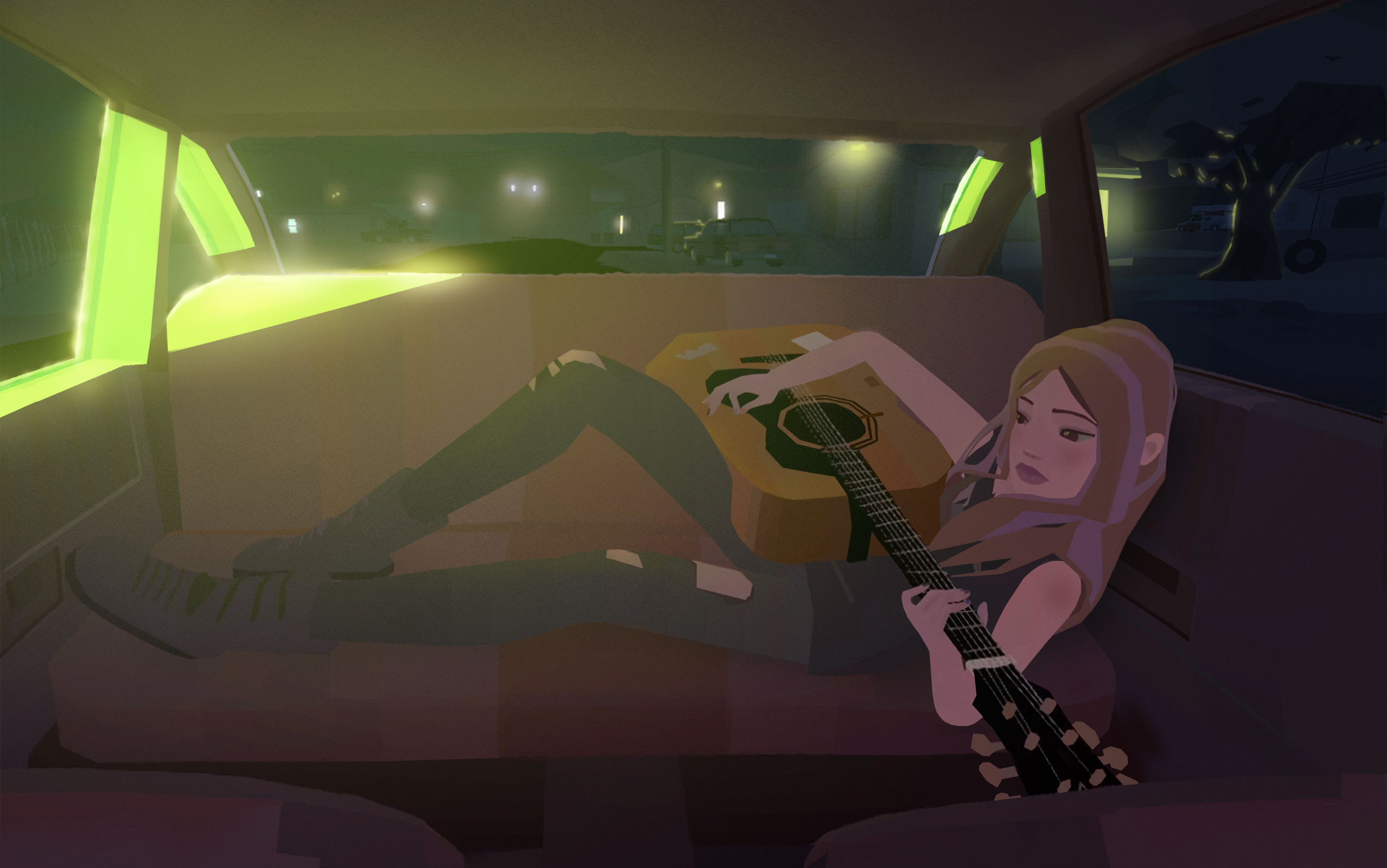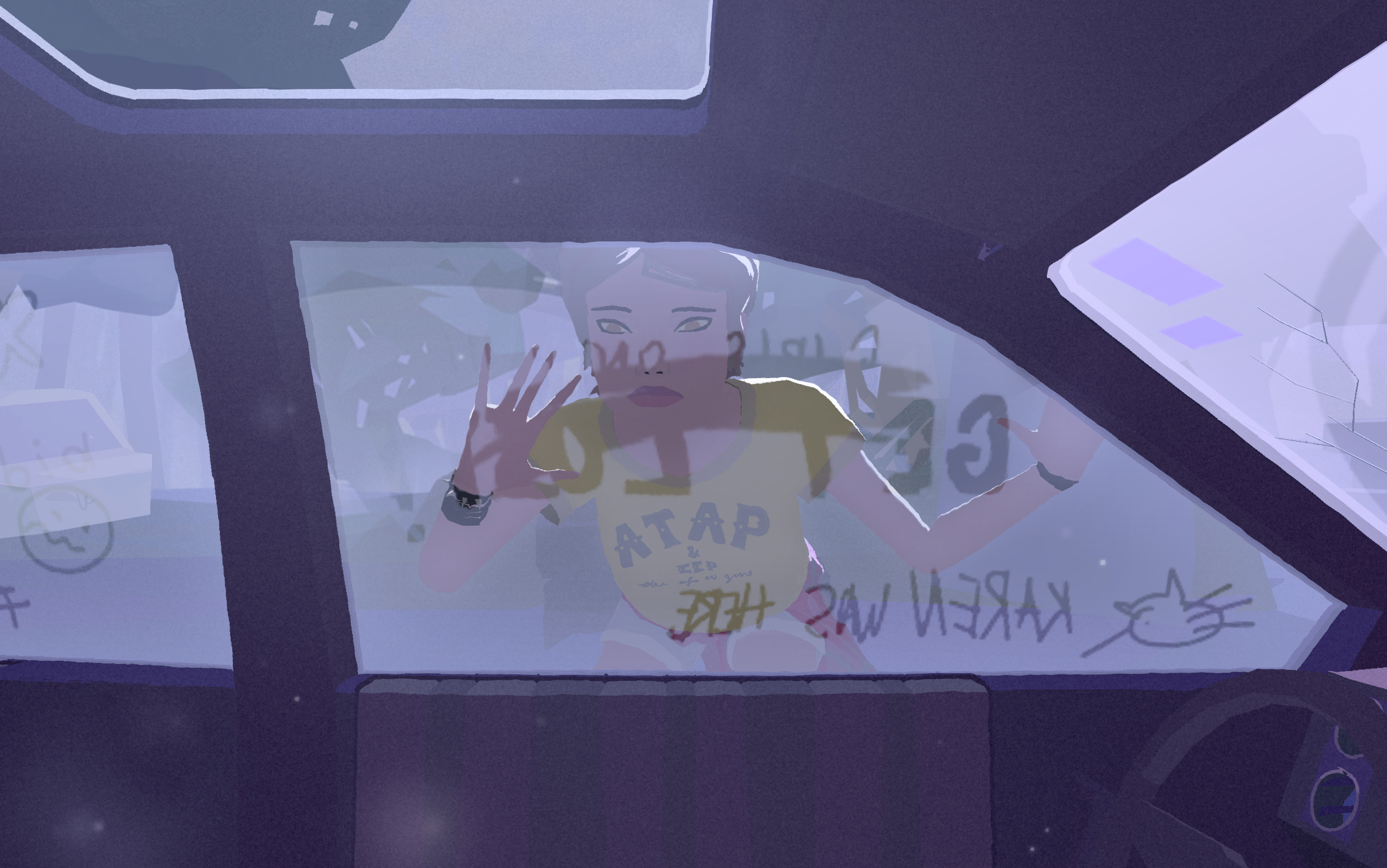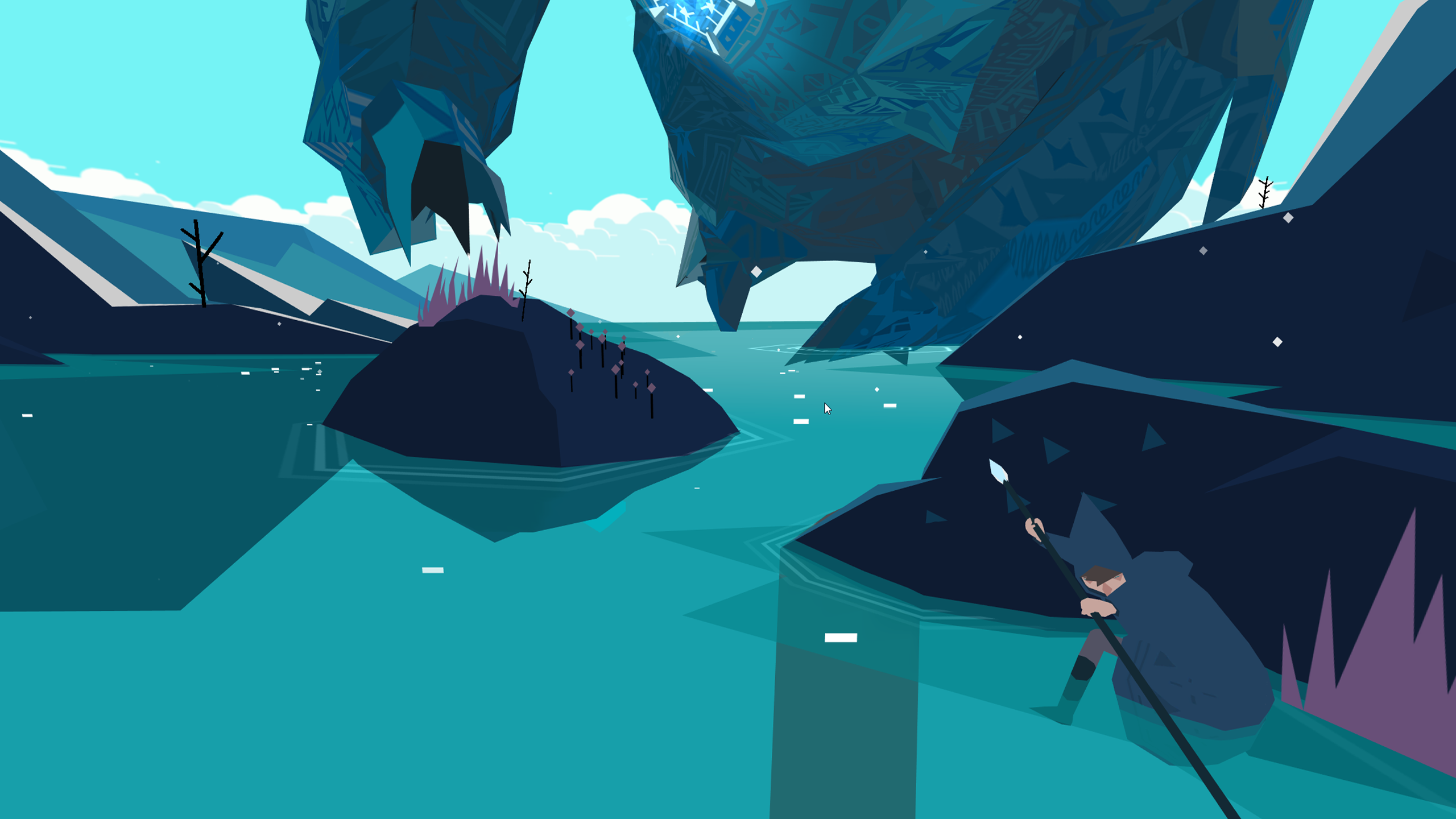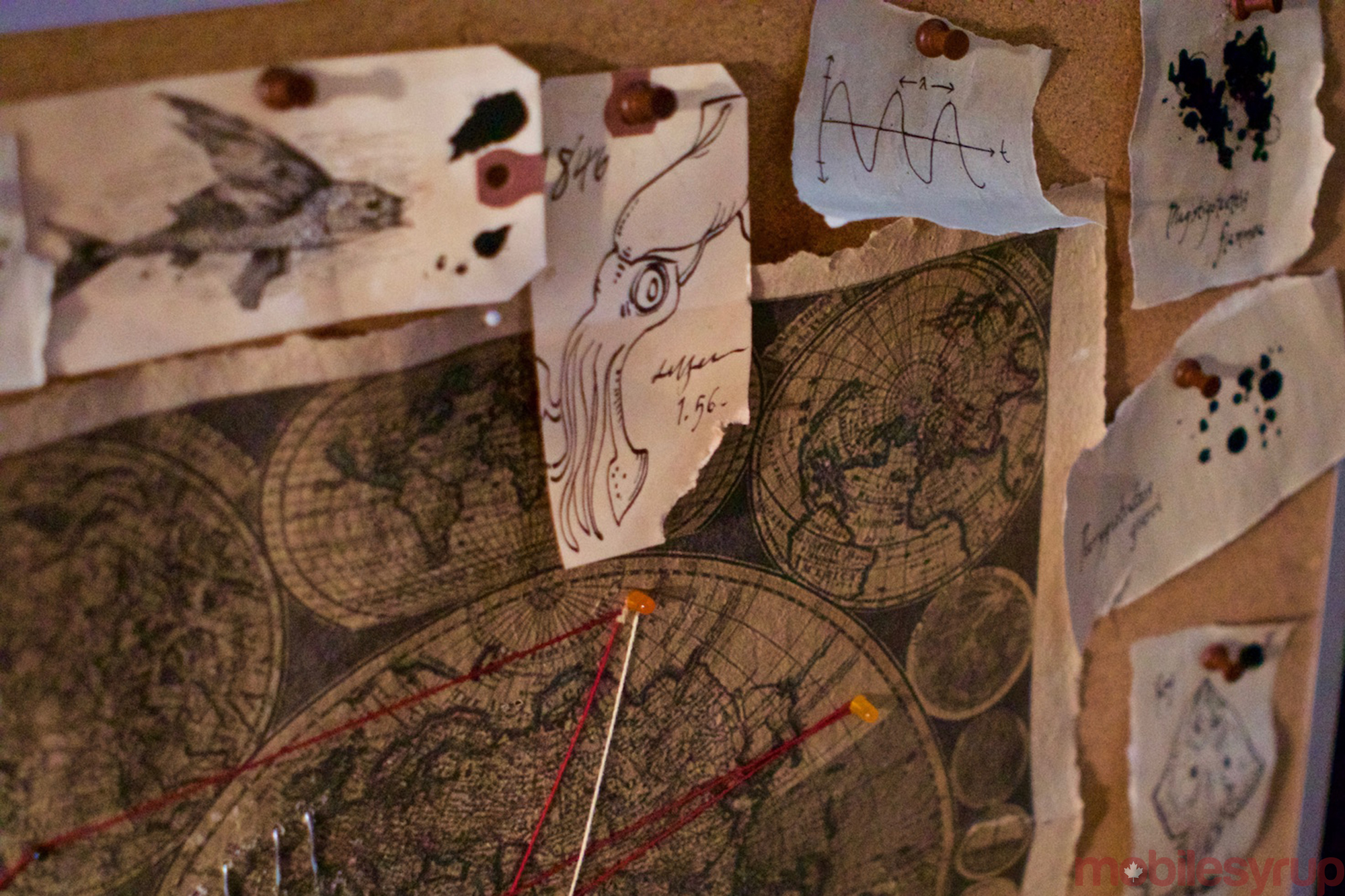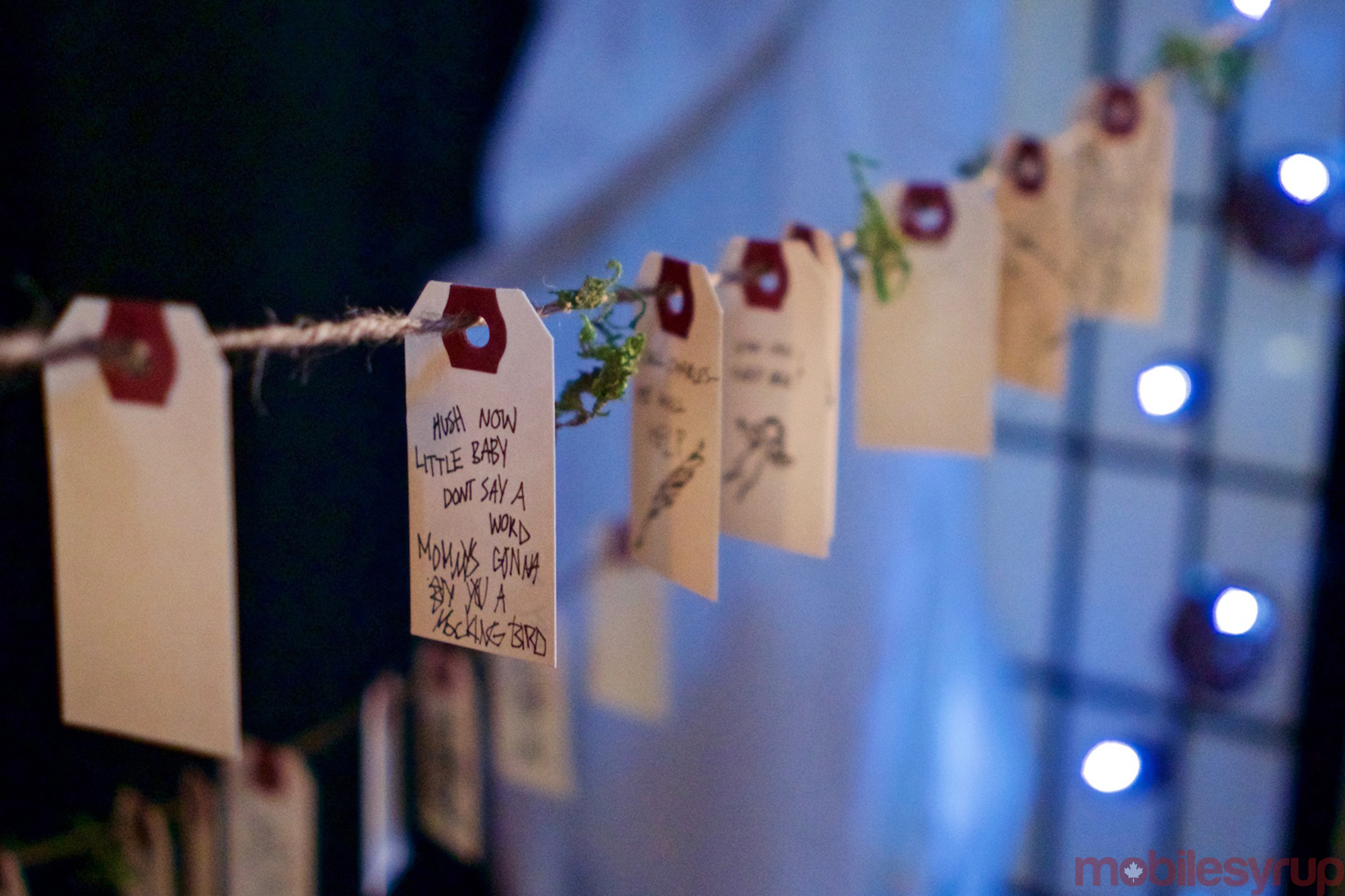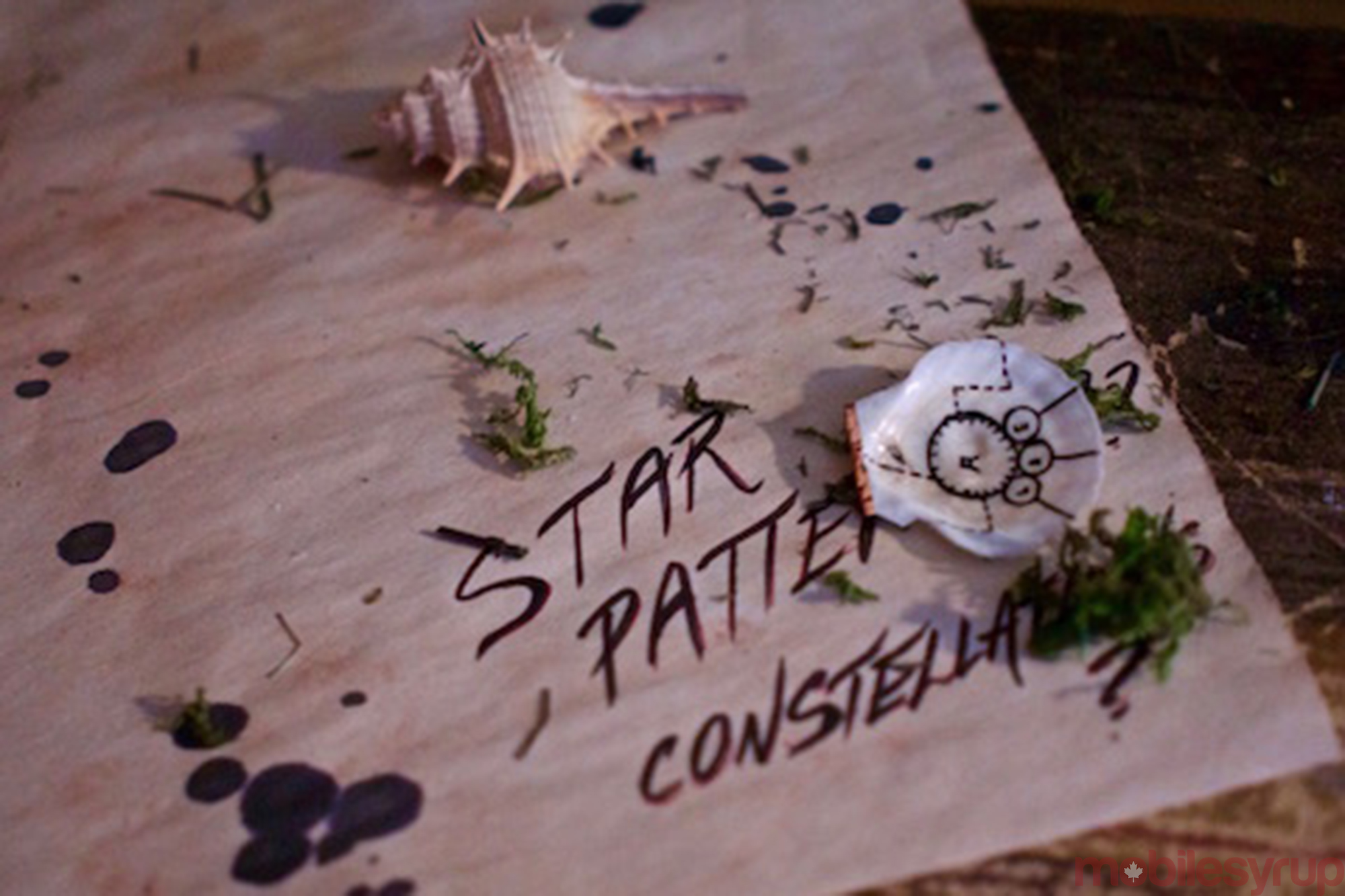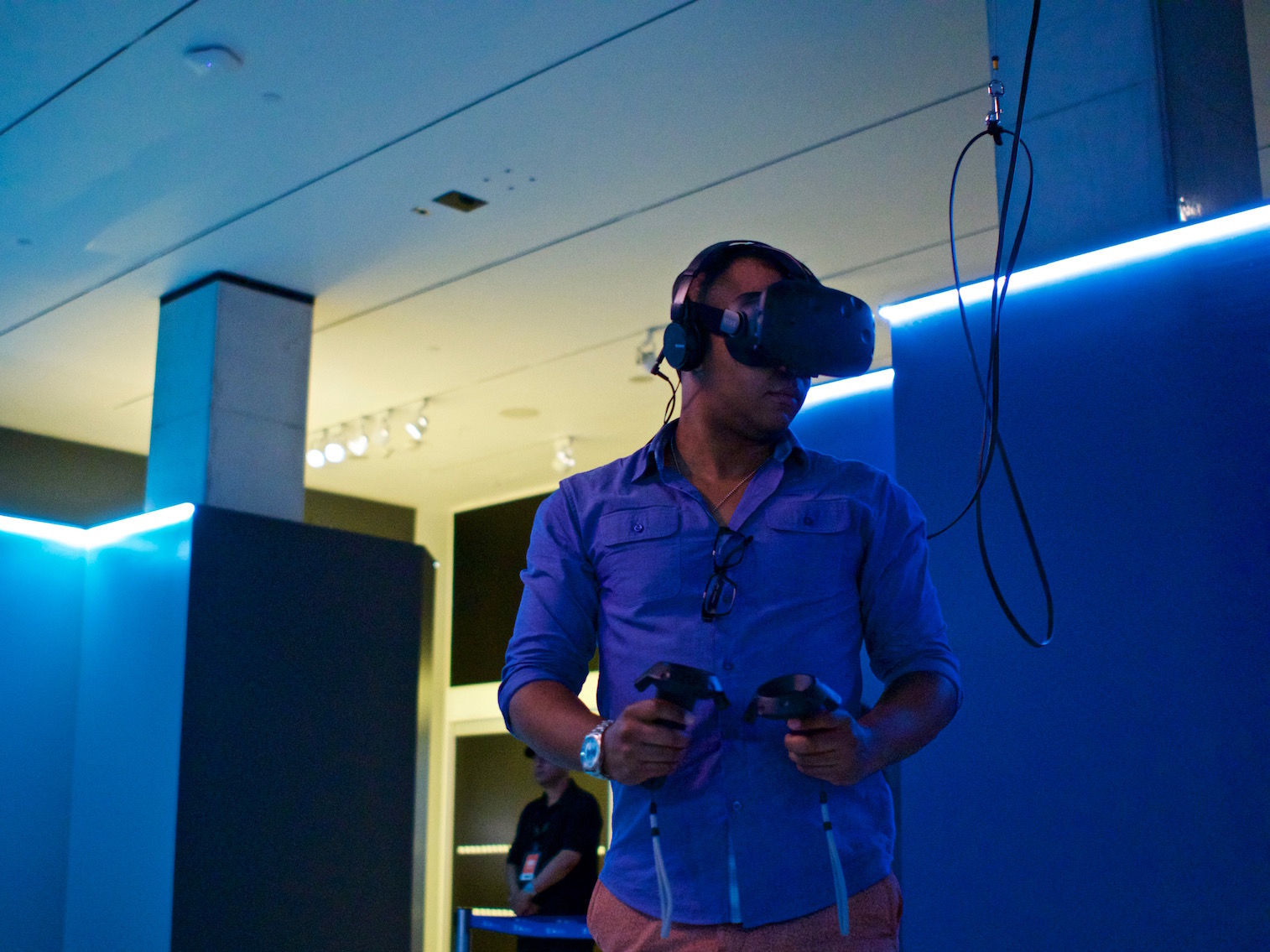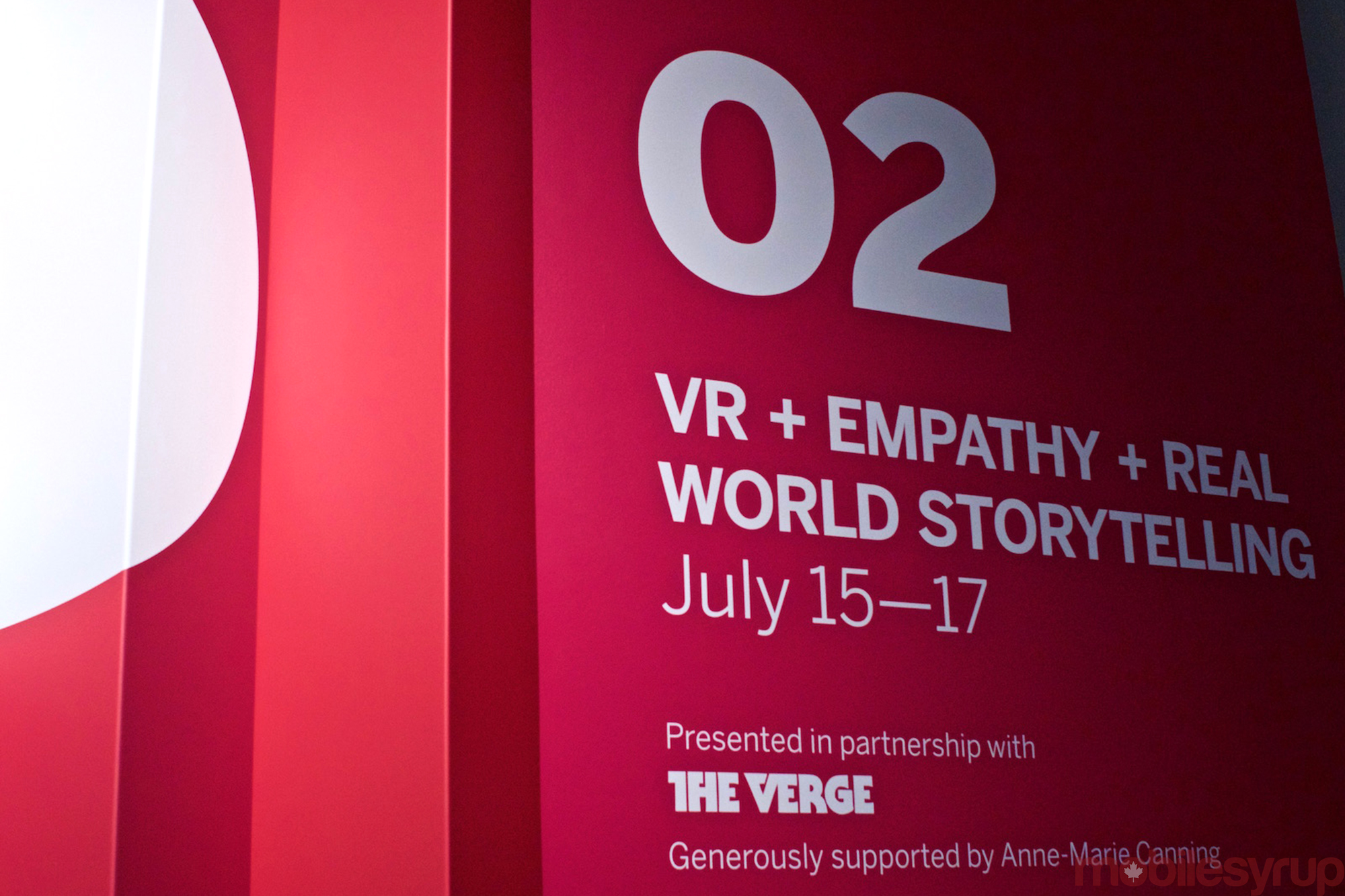
On Friday, the Toronto International Festival (TIFF) and The Verge opened a special virtual reality-focused event called POP 2.
Part of an ongoing series that’s taking place throughout the summer (another weekend showcase is scheduled to go down in August), the three-day-long event gives Toronto residents and anyone visiting the city a chance to check out some seriously original VR movies, documentaries and games without shelling out the thousands of dollars required to get all the necessary hardware.
I got a chance to check out the event early, and came away impressed with both the experiences on offer and the thought TIFF put into the exhibit itself.
If you have absolutely any interest in virtual reality, two hours of spare time and about $20, here’s why you should make the trek to King Street to check out the exhibit.
The exhibit shows what VR can do for storytelling
The theme of this month’s exhibit is empathy and real world storytelling. As such, a lot of the experiences included in POP 2 are documentaries. For instance, one, titled Clouds over Sidra, allows viewers to see the Zaatari Refugee Camp, which is currently home to 130,000 Syrians fleeing the civil war raging in their home country.
For documentary lovers, these are great, but if you’re more interested in narrative, as I am, then you’ll want to check out the collection of short films on display at POP 3.
Pearl, one of the entries picked by The Verge, is a particular standout. It tells the story of a girl and her father as they move through life in their hatchback. A series of heartfelt and poignant vignettes, all played out within the confines of the pair’s car, comprise the six minute short.
I had a stupid grin on my face during Pearl’s entire run time, and the short does a superlative job of showing what’s possible when a film maker builds a story that takes in to account the strengths (and shortcomings) of current VR headsets.
There’s a fun and insightful real-world component too
I’ll be the first admit my weaknesses as a writer are many. Thankfully, some individuals much more talented than I, including The Verge managing editor Ross Miller, will be on hand at POP 2 to do a deep dive on what exactly makes this tech so special.
On Saturday evening, Miller and fellow Verge writer Adi Robertson will moderate multiple panels (tickets can be bought here). The second of two panels, titled Beyond Reality: Creating Real Emotion in Imaginary Worlds, features a star studded cast of panelists, including Academy Award winner Patrick Osborne and Toronto-based game creator Jen Costa.
Both panels are likely to be insightful, and there’s even a party afterwards where you can mingle with all involved.
You’ll see what all the fuss around augmented reality is about
Unless you’ve avoided surfing the web this week (unlikely since you’re reading this article), then you’re likely familiar with Pokemon Go. Pikachu and friends have been absolutely everywhere this week – walk the streets of Toronto, and you’re guaranteed to see multiple groups of people playing the game at any one time.
It’s not hard to see why the game has been so successful in such a short time; for most people, Pokemon Go is their first experience with augmented reality.
But as I mentioned during our recent Pokemon Go-focused podcast, the augmented reality tech on display in Niantic’s latest game is fairly rudimentary. If you want see just how cool the possibilities offered by augmented reality can be, then make sure to check out an exhibit at POP 2 called The Lovely Room.
Created by two recent OCAD grads, Emma Burkeitt and Saffron Bolduc-Chiong, The Lovely Room puts visitors in, well, an actual room, and a wonderfully atmospheric one at that, and asks them to discover its secrets.
Throughout the space are bits of paper that, when one points the tablet’s camera at, trigger audio logs that reveal the story of its two fictional inhabitants.
Inspired by games like Bioshock Infinite, The Lovely Room tells an engaging story, but what’s more it shows what’s possible when talented people schooled in a variety of disciplines get their hands on an exciting new technology.
You’ll see pieces you here you won’t see anywhere else
“I primarily chose women when possible,” said Henry Faber, one of the curators of POP 2, when asked how he went about selecting what pieces to include in the exhibit. “Mostly because they’re severally underrepresented right now in VR creation.”
There’s a very real practical benefit to Faber’s approach that quickly becomes apparent as you work your way through POP 2, and that is that the breadth of pieces on display outstrips what’s at available at other events of this type.
One piece Faber championed was Never Forget: An Architecture of Memory. Created by artist Nicole Del Medico, Never Forget allows the viewer to explore the memories of Anna Van Vliet, a 93-year-old Dutch woman who lived through World War Two.
It’s an impressive piece, but what makes it even more interesting is that it represents Del Medico’s first foray into VR. She approached Faber’s Gamma Space co-working space (formerly known as Bento Miso) to ask for an Oculus Dev Kit. The group granted her request.
When she came back, she came back having taught herself how to do 3D modelling and the inner workings of the Unreal game engine. A lot of the other exhibits are like this; they’re not necessarily big budget productions, but they approach the medium with fresh ideas, and that’s what makes the entire event a treat.
MobileSyrup may earn a commission from purchases made via our links, which helps fund the journalism we provide free on our website. These links do not influence our editorial content. Support us here.

